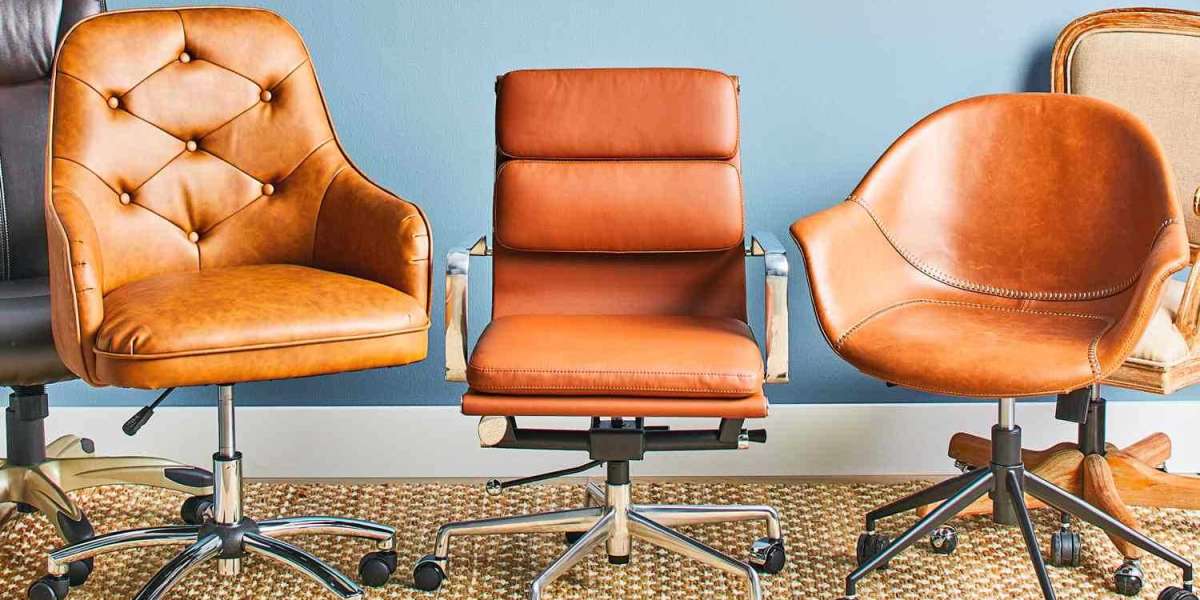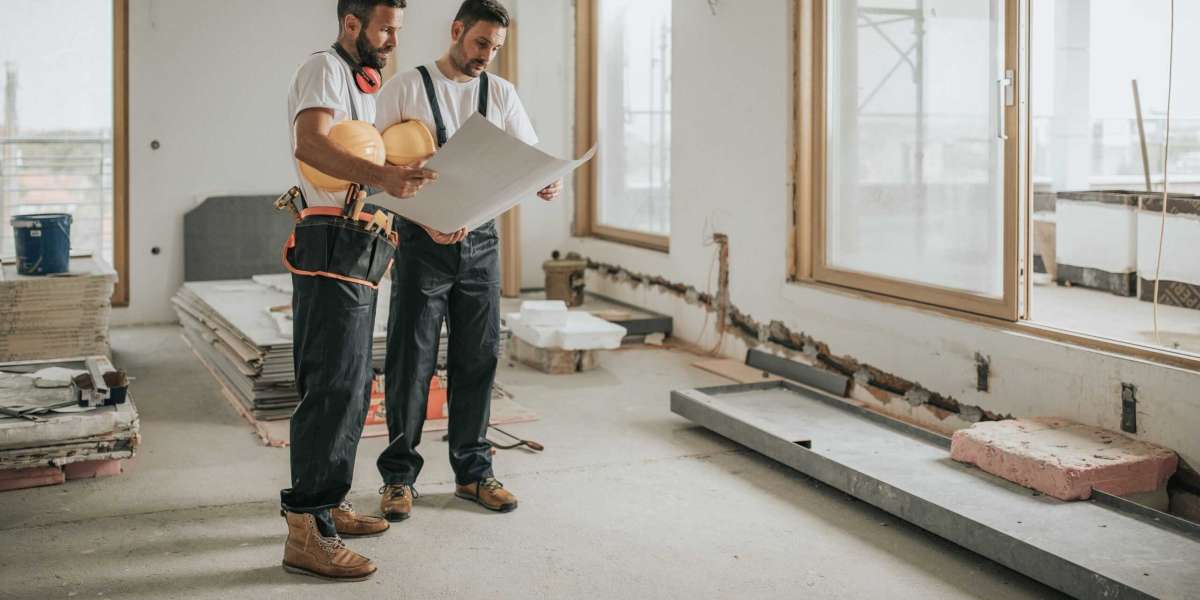Ergonomic office furniture has become a critical part of modern workplaces, helping employees maintain better posture, reduce strain, and boost productivity. As more companies recognize the importance of worker well-being, investing in ergonomic furniture is no longer a luxury but a necessity. Here’s a guide to the benefits of ergonomic office furniture and how it can transform your work environment.
1. What is Ergonomic Office Furniture?
Ergonomic office furniture is designed to support the natural posture of the human body, reducing physical strain and promoting comfort over long periods. It aims to accommodate different body types and working styles, allowing users to maintain optimal alignment and movement throughout the day.
Key features of ergonomic furniture include:
- Adjustability: Chairs, desks, and other furniture pieces can be customized to fit individual needs, such as height, lumbar support, and armrest positioning.
- Supportive Design: Ergonomic chairs, for example, are designed to support the spine’s natural curve, promoting a healthy posture and reducing pressure on the back and neck.
- Mobility: Many ergonomic pieces are designed to allow for ease of movement, encouraging users to shift positions and reduce the negative effects of prolonged sitting or standing.
2. Benefits of Ergonomic Office Furniture
a. Improved Comfort
The primary benefit of ergonomic office furniture is comfort. Chairs with adjustable features, lumbar support, and breathable fabrics help prevent discomfort and fatigue, allowing employees to work for extended periods without physical strain.
b. Boosted Productivity
Comfort leads to increased focus and productivity. When employees aren’t distracted by discomfort or pain, they can concentrate better on their tasks. Ergonomic furniture helps create a workspace that supports peak performance.
c. Reduced Risk of Injury
Poor posture and prolonged sitting can lead to musculoskeletal disorders, such as back pain, neck stiffness, and carpal tunnel syndrome. Ergonomic furniture minimizes these risks by providing proper support and promoting healthy posture and movement.
d. Enhanced Employee Well-being
Investing in ergonomic furniture shows a commitment to employee health and well-being. This can lead to higher job satisfaction, improved morale, and reduced absenteeism due to work-related injuries.
e. Long-term Cost Savings
Although ergonomic furniture can be more expensive upfront, it can lead to long-term savings by reducing healthcare costs associated with workplace injuries and boosting overall productivity.
3. Key Ergonomic Office Furniture Pieces
a. Ergonomic Office Chairs
A well-designed ergonomic office chair is crucial for comfort and health. Features to look for include:
- Adjustable Height: The chair should allow users to sit with their feet flat on the floor, knees at a 90-degree angle, and thighs parallel to the ground.
- Lumbar Support: Proper lumbar support maintains the natural curve of the lower spine, preventing slouching and back pain.
- Adjustable Armrests: Armrests should allow the user’s elbows to rest comfortably at a 90-degree angle, reducing strain on the shoulders and wrists.
- Seat Depth Adjustment: This feature allows the user to sit with their back against the chair’s backrest while keeping a small gap between the seat and the back of the knees.
Example: The Herman Miller Aeron Chair is an iconic ergonomic chair with a breathable mesh design, fully adjustable features, and excellent lumbar support.
b. Standing Desks
Standing desks, or sit-stand desks, offer flexibility by allowing employees to alternate between sitting and standing throughout the day. Key benefits include:
- Reduced Risk of Sedentary Health Issues: Alternating between sitting and standing can help reduce the risks associated with prolonged sitting, such as obesity, cardiovascular disease, and poor circulation.
- Increased Energy and Focus: Standing desks can increase energy levels and focus, reducing the midday slump many employees experience.
Example: The Fully Jarvis Standing Desk is a popular option with adjustable height settings, allowing for smooth transitions between sitting and standing positions.
c. Ergonomic Keyboard and Mouse
Ergonomic keyboards and mice are designed to reduce strain on the wrists and hands, which is particularly important for preventing repetitive strain injuries like carpal tunnel syndrome. Features include:
- Split or Curved Keyboard Layouts: These allow the user’s hands to rest in a more natural, neutral position.
- Vertical or Contoured Mice: These designs help users maintain a neutral wrist position, reducing strain on the forearm.
Example: The Logitech MX Vertical Mouse offers a comfortable, ergonomic grip and reduces wrist strain by encouraging a handshake-like posture.
d. Footrests
Footrests are an often-overlooked piece of ergonomic office furniture, but they play a vital role in maintaining proper posture, especially for shorter individuals. By allowing users to rest their feet flat, footrests help reduce pressure on the lower back and legs.
Example: The Fellowes Adjustable Footrest provides height and angle adjustments, encouraging better posture and circulation.
4. How Ergonomic Furniture Boosts Productivity
a. Comfort Leads to Concentration
Employees who are comfortable at their workstations are less likely to be distracted by discomfort, aches, or pains. This translates to greater focus, fewer breaks due to discomfort, and more time spent on productive tasks.
b. Healthier Employees are More Productive
Ergonomic furniture helps prevent common workplace injuries such as back pain, wrist strain, and neck stiffness. Healthier employees take fewer sick days and are more engaged at work, leading to higher overall productivity.
c. Encouraging Movement
Many ergonomic designs, such as sit-stand desks and adjustable chairs, encourage movement throughout the day. Movement boosts circulation, increases energy levels, and keeps the mind sharp, all of which contribute to enhanced productivity.
d. Customization for Individual Needs
Ergonomic furniture is highly adjustable, allowing each employee to tailor their workstation to their unique needs. This personalized comfort helps employees feel more at ease and productive throughout the day.
5. Tips for Setting Up an Ergonomic Workspace
a. Chair Height and Position
Ensure your chair is adjusted so your feet rest flat on the floor and your knees are at a 90-degree angle. Your back should be fully supported, and your shoulders relaxed.
b. Monitor Height
Your monitor should be at eye level, about 20-30 inches away from your face, to reduce neck strain. Use a monitor riser or adjustable arm if needed.
c. Keyboard and Mouse Placement
Keep your keyboard and mouse at a height that allows your elbows to remain at a 90-degree angle, with your wrists straight and relaxed.
d. Encourage Movement
Even with ergonomic furniture, staying in one position for too long can be detrimental. Encourage movement by standing, stretching, or walking at regular intervals. Sit-stand desks and active seating options can promote movement throughout the day.
Conclusion
Ergonomic office furniture is an essential investment for any workplace, offering numerous benefits in terms of employee health, comfort, and productivity. By providing adjustable, supportive, and flexible options, ergonomic furniture helps prevent injuries, boosts focus, and creates a more comfortable work environment. With the right ergonomic setup, companies can foster a healthier, more productive workforce and experience long-term cost savings.








